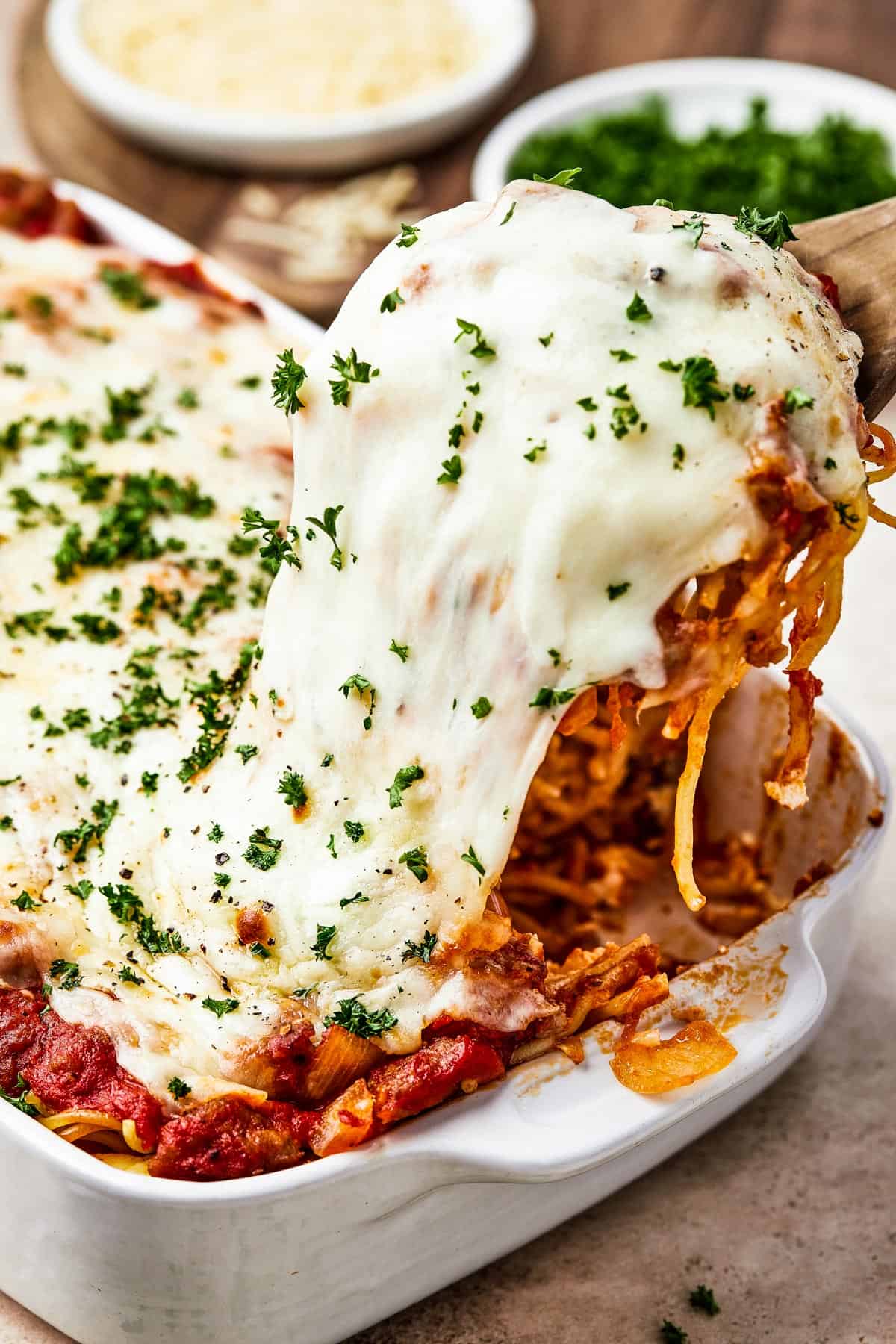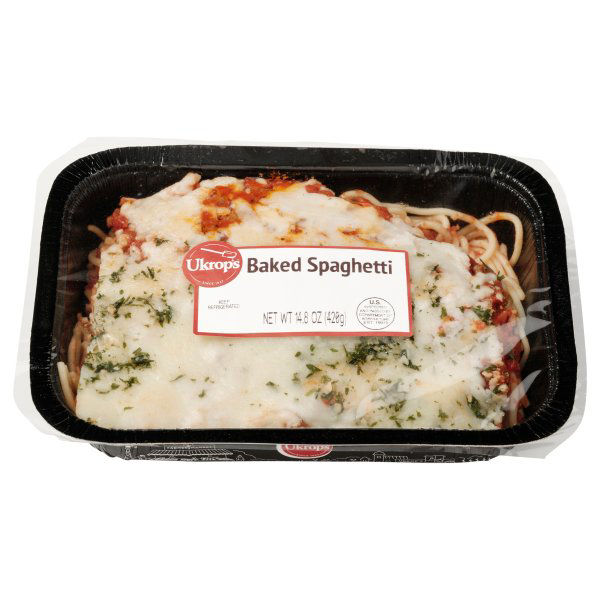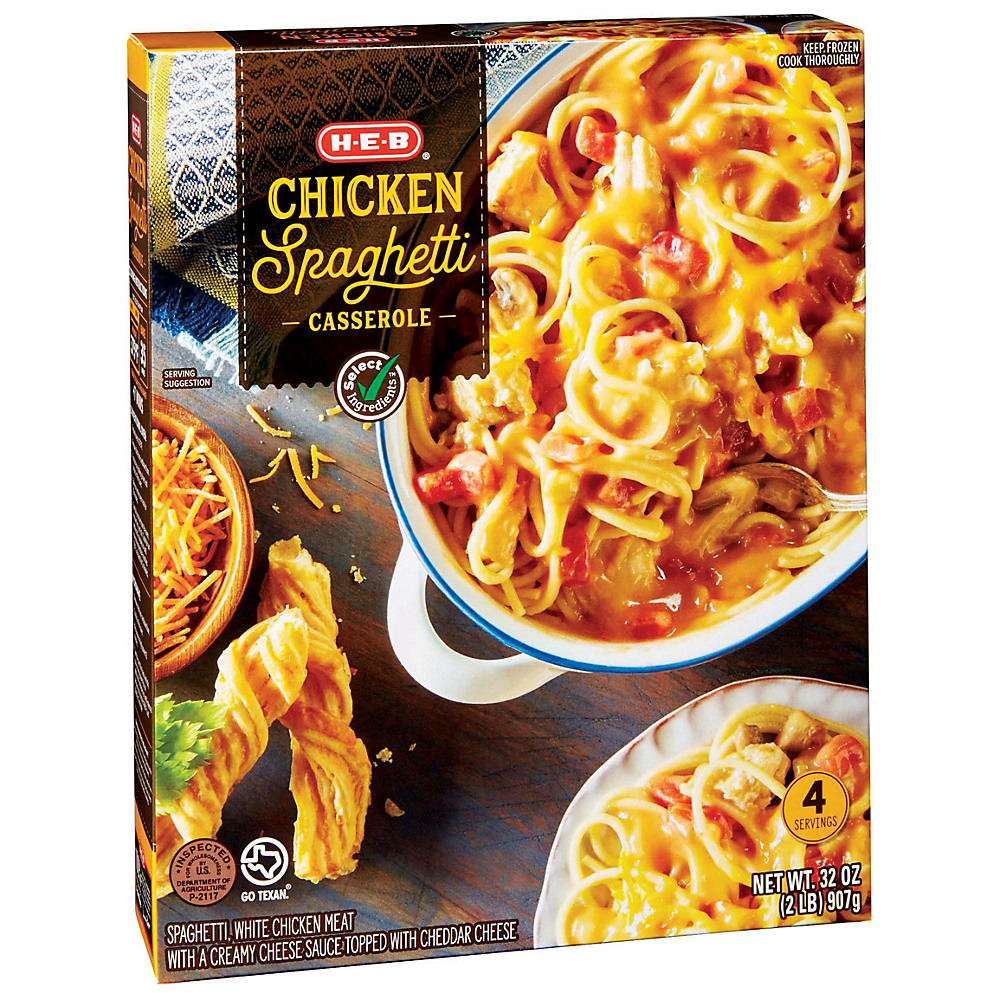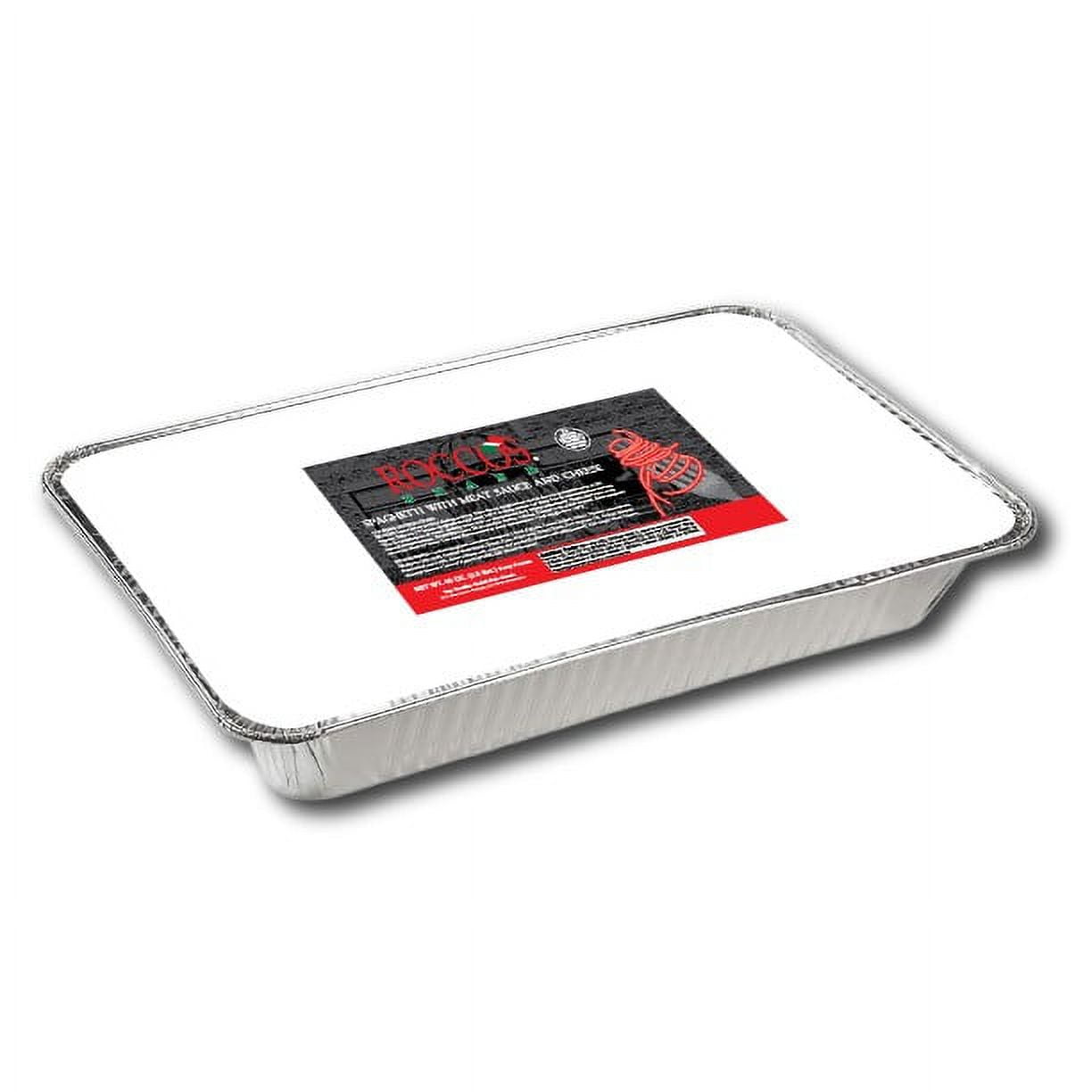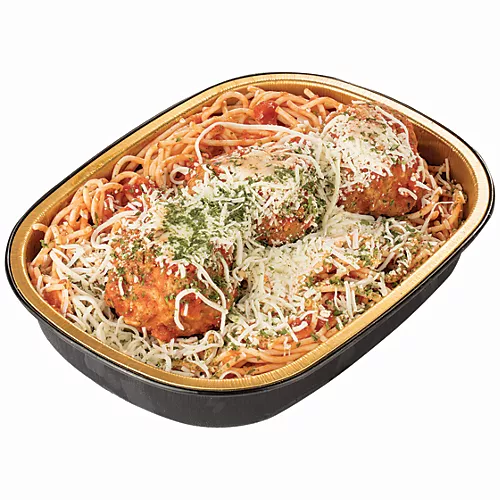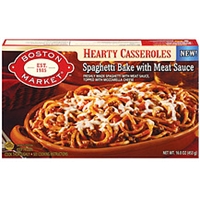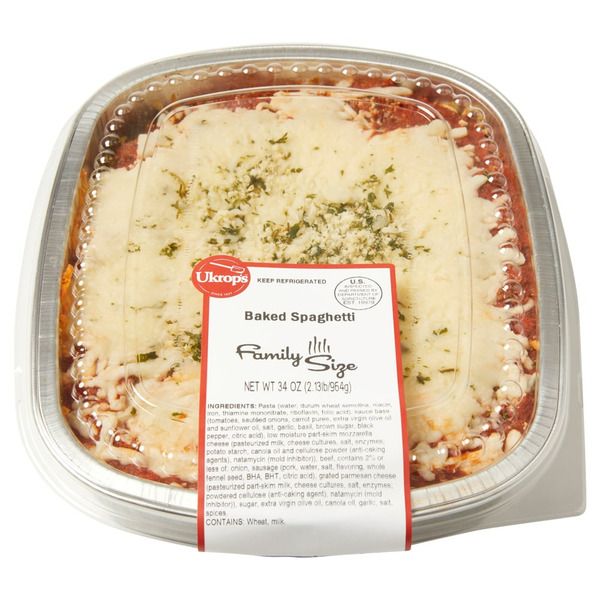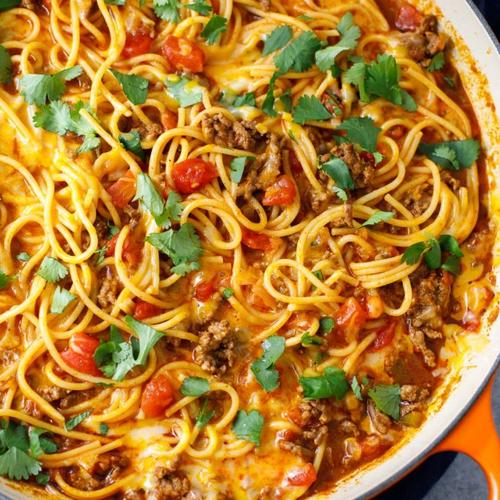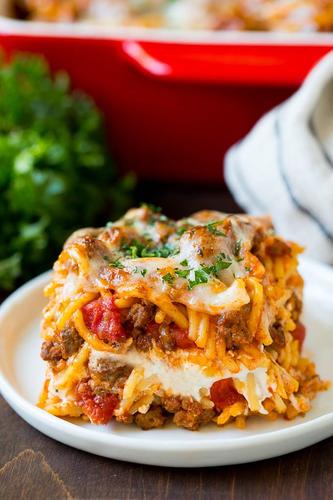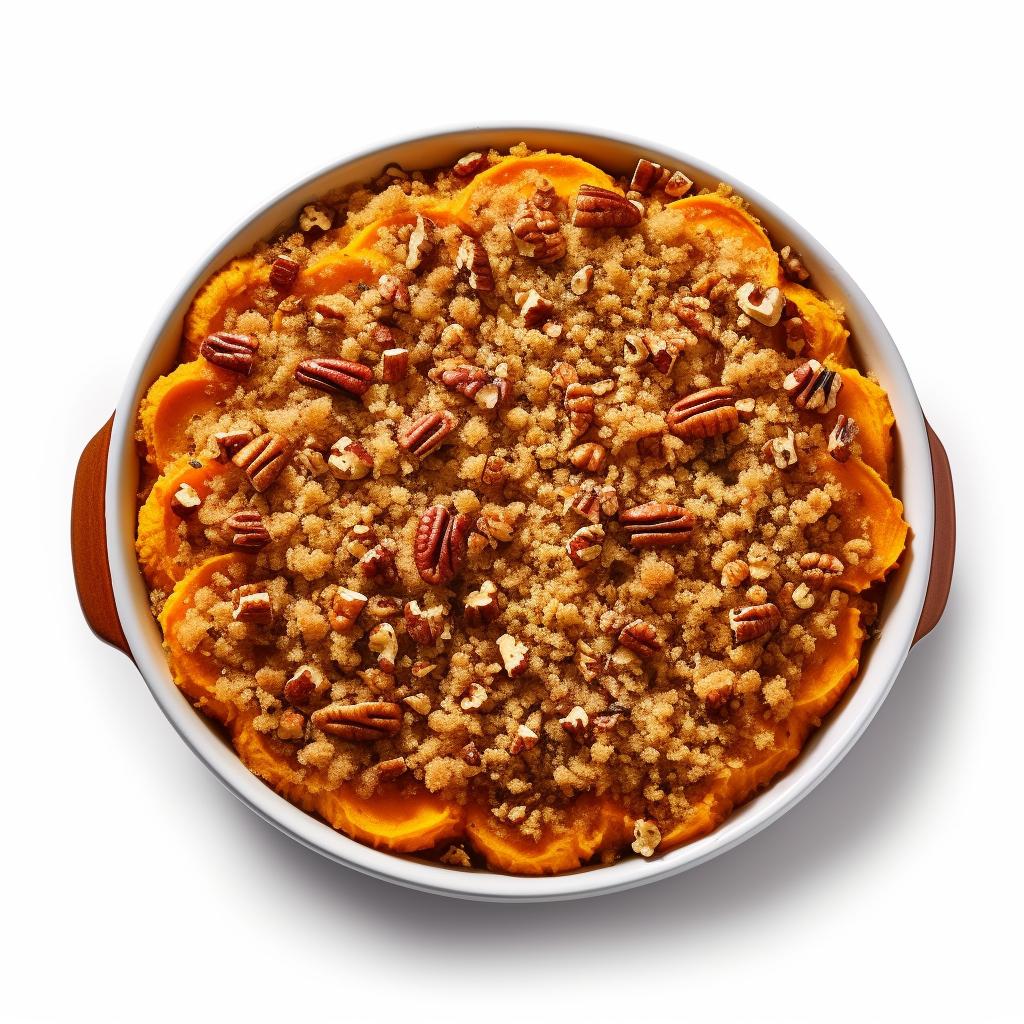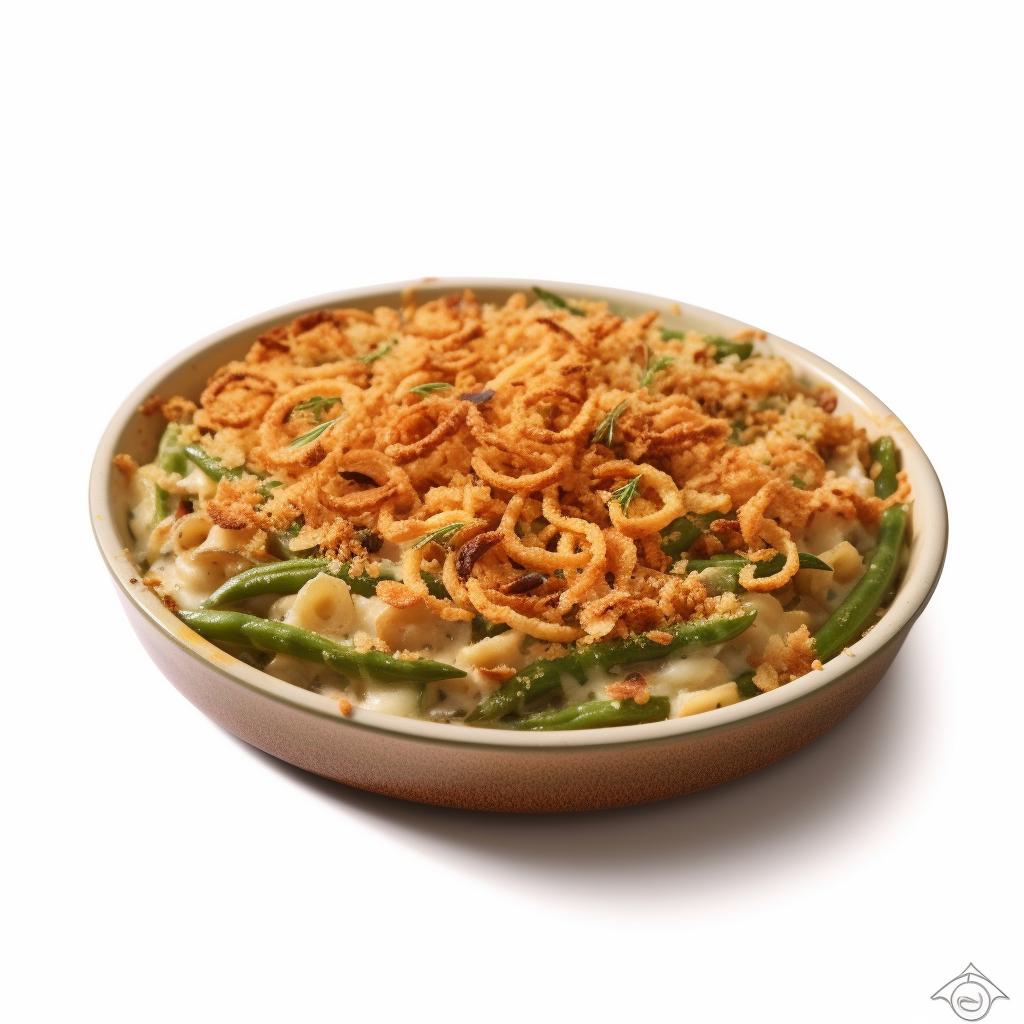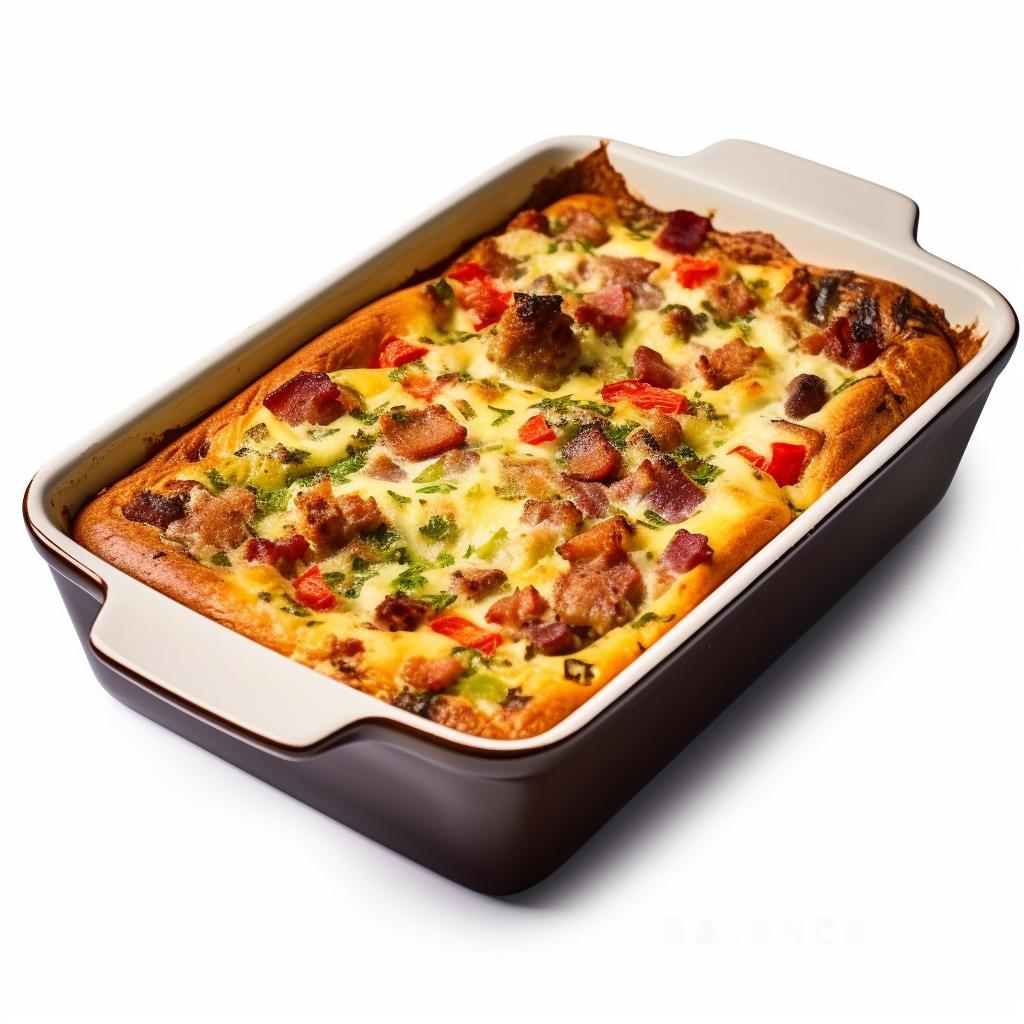Spaghetti Casserole
Spaghetti Casserole can be a delicious departure from the typical pasta dish, offering comforting layers of pasta, cheese, and sauce. Usually comprised of pre-cooked spaghetti, cheese (like mozzarella or parmesan), meat (like ground beef or sausage), and your favorite pasta sauce. It's then baked until bubbly and golden.
This dish is perfect for cold winter nights when you crave warmth and comfort in every bite. Not only is it filling, but it also provides a new take on classic spaghetti, adding a depth of flavor and texture. Ideal for quick family dinners or feeding a crowd at potlucks.
39%
CARBS
26%
FAT
35%
PROTEIN
7 Spaghetti Casserole Products
4 Recipes for Spaghetti Casserole
Spaghetti Casserole FAQ
What is Spaghetti Casserole?
What ingredients do I need to make Spaghetti Casserole?
Can I use a different type of pasta for Spaghetti Casserole?
Can I make Spaghetti Casserole ahead of time?
How do I prevent the Spaghetti Casserole from being dry?
Can I make Spaghetti Casserole without meat?
What kind of cheese should I use for Spaghetti Casserole?
How long can I store leftovers of Spaghetti Casserole?
Expiration & Storage Tips
When does Spaghetti Casserole expire?
Homemade spaghetti casserole is best fresh, but can be kept in the refrigerator for about 3-5 days once cooked. If you've bought a pre-made spaghetti casserole, stick to the use-by date. If you want to extend its life, consider freezing it. A frozen spaghetti casserole can last up to 2-3 months but it's best to consume it within the first month for the best taste..
How do you tell if Spaghetti Casserole is bad?
You'll know if your spaghetti casserole has spoiled if it has a sour smell, shows visible signs of mold or if the sauce starts to separate. Also, if it's been in your fridge for more than five days or has sat out at room temperature for more than two hours, consider it likely to be spoiled.
Tips for storing Spaghetti Casserole to extend shelf life
• Cover the spaghetti casserole in a tight-fitting lid or wrap it carefully in cling wrap to prevent it from drying out.
• Keep it out of the 'danger zone', which is between 40°F and 140°F. Bacteria grows rapidly at these temperatures.
• If you plan to freeze your spaghetti casserole, partition it into meal-sized portions for easy reheating later.
• When reheating, make sure it reaches an internal temperature of at least 165°F to kill any potential bacteria. It's best to reheat only the portion you plan to eat and keep the rest chilled.
EXPIRES WITHIN
19 - 29
MONTHS
Substitutes
Health Info
Macros
36g
CARBS
24g
FAT
32g
PROTEIN
Allowed on these diets
LOW FAT
HIGH CALCIUM
Contains these allergens
MILK
WHEAT

